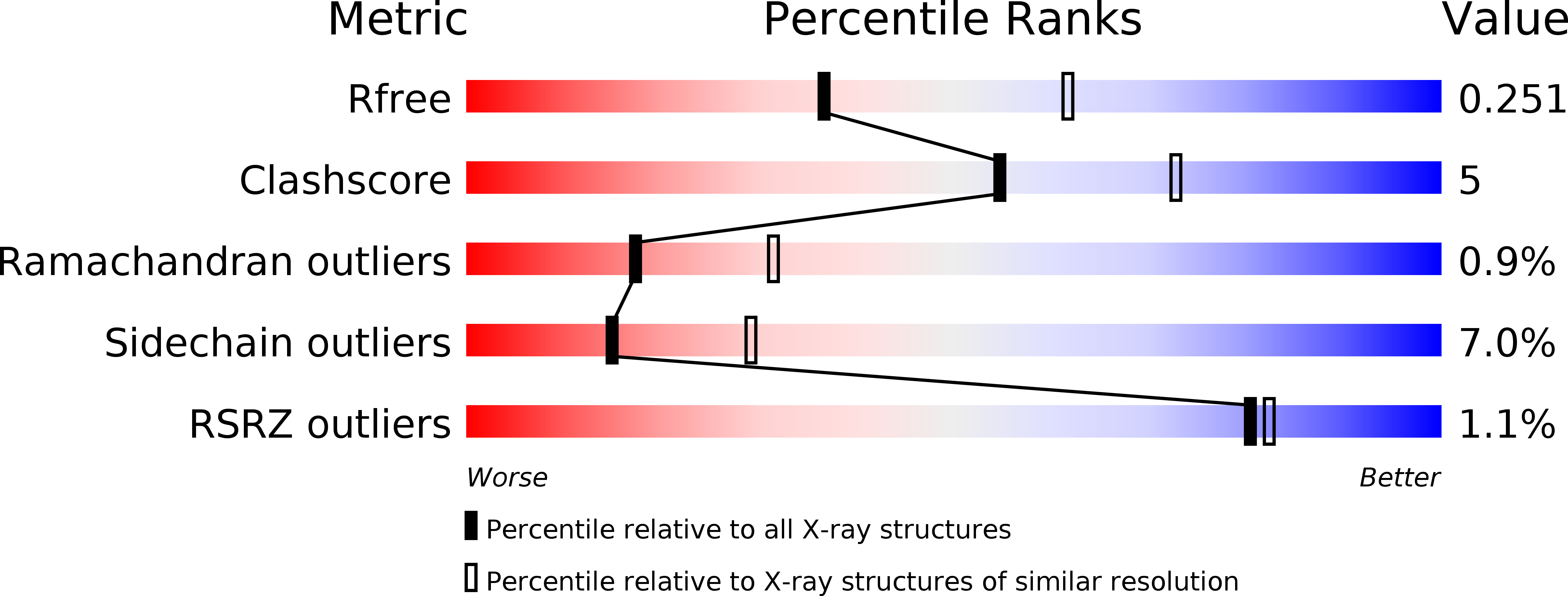
Deposition Date
2018-08-03
Release Date
2019-02-13
Last Version Date
2024-03-13
Entry Detail
PDB ID:
6EAZ
Keywords:
Title:
Apo structure of the mitochondrial calcium uniporter protein MICU2
Biological Source:
Source Organism:
Mus musculus (Taxon ID: 10090)
Host Organism:
Method Details:
Experimental Method:
Resolution:
2.50 Å
R-Value Free:
0.25
R-Value Work:
0.19
R-Value Observed:
0.20
Space Group:
P 21 21 2


